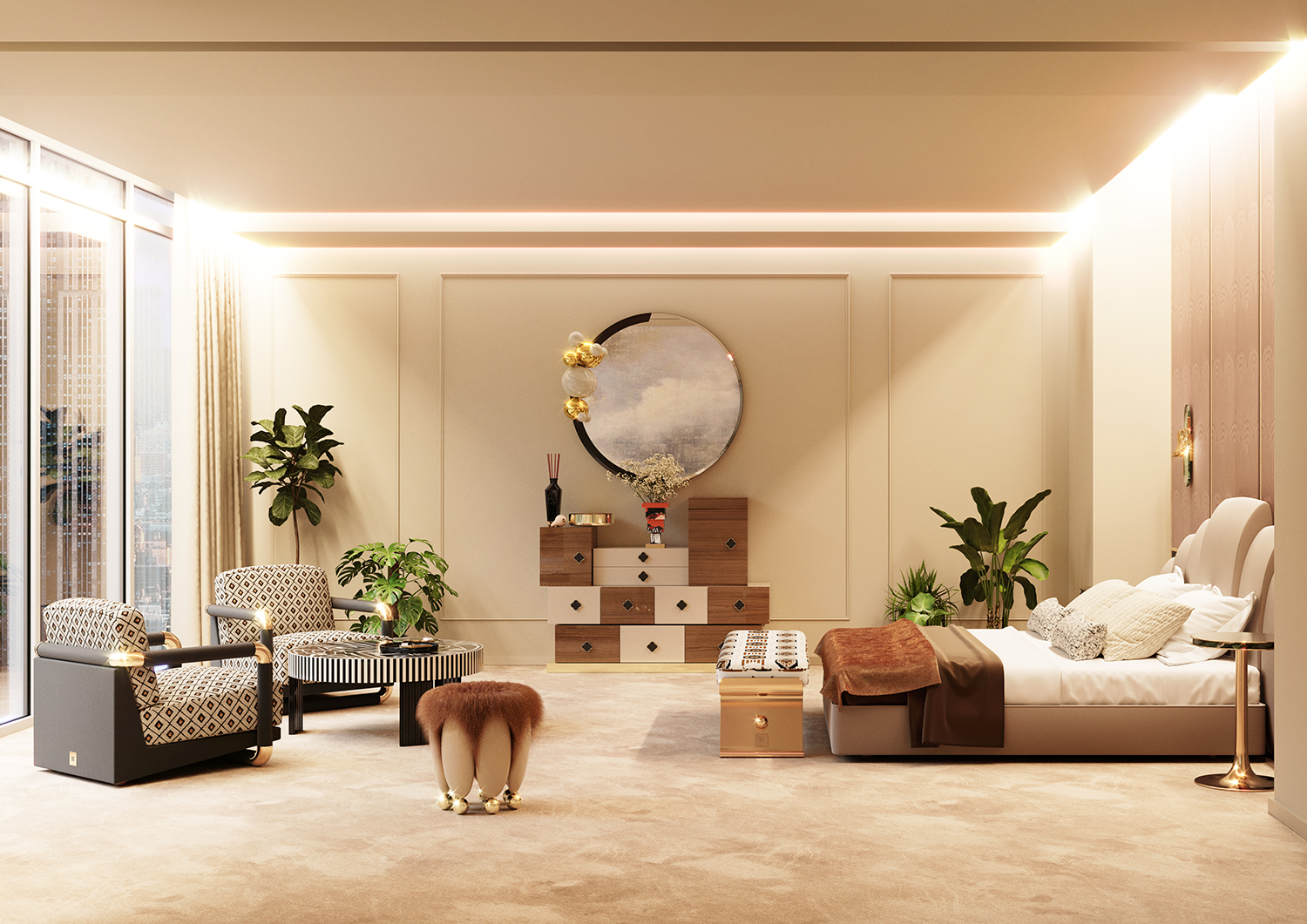Change Your Home With Essential Principles of Interior Decoration and Appearances
By comprehending the effect of color concept and the relevance of structure and patterns, one can create rooms that are not just visually enticing yet likewise deeply personal. Attaining this balance involves even more than simple decoration; it incorporates a critical plan and a keen understanding of just how each aspect interacts within a room.
Comprehending Shade Concept
Recognizing the principles of shade concept allows developers to develop spaces that reverberate psychologically with residents while meeting functional demands. Each classification plays a crucial function in developing consistency within a space.
The mental effect of shades is extensive; warm hues such as reds and oranges stimulate energy and heat, while amazing tones like blues and environment-friendlies advertise peace and serenity. Moreover, using corresponding shades improves aesthetic rate of interest, creating striking contrasts that can elevate a space's allure.
Neutral colors, on the other hand, act as a functional background, enabling other style aspects to radiate. It is vital to consider factors such as lighting and the space's objective when picking a color combination, as these can change the assumption of colors throughout the day.
Ultimately, a well-considered color scheme can transform an area, cultivating a feeling of convenience and design that aligns with the inhabitants' choices. Mastery of shade concept is, as a result, a crucial skill for any type of interior developer aiming to produce unified and welcoming environments.
Achieving Balance in Style
Just how can developers achieve a feeling of equilibrium in their rooms? Achieving equilibrium in style is fundamental to producing harmonious insides. Designers can make use of 3 key kinds of balance: symmetrical, unbalanced, and radial. Symmetrical equilibrium includes organizing aspects evenly around a central point, cultivating a feeling of order and harmony. This kind commonly includes sets of furnishings or art work, boosting aesthetic security.
Unbalanced balance, on the various other hand, counts on varying components that still attain a natural appearance. This technique permits even more vibrant and informal plans, supplying passion while preserving stability. By very carefully choosing varying dimensions, colors, and structures, designers can develop an aesthetically compelling room that feels balanced yet energised.
Radial equilibrium stresses a main focal factor with aspects emitting outward. This design is frequently seen in circular formats, where furnishings and design create a natural surround that draws the eye internal.
Eventually, accomplishing balance calls for thoughtful consideration of range, proportion, and the partnerships in between components. luxury interior design. By masterfully using these balance principles, designers can transform rooms into environments that feel both visually pleasing and functionally unified, improving the overall experience for owners
Importance of Spatial Awareness

An eager feeling of spatial understanding allows designers to identify centerpieces within a room, directing the visitor's attention to key features while keeping a total sense of unity. It likewise assists in the critical placement of lights, which can considerably influence the understanding of area and mood. Additionally, recognizing spatial relationships allows the designer to deal with the particular demands of occupants, ensuring that each location offers its designated objective without endangering looks.
Inevitably, spatial recognition is vital for Get More Information making the most of the possibility of any interior area. By very carefully taking into consideration the interaction in between dimensions, layout, and feature, designers can develop settings that not just fulfill useful demands however likewise stimulate a feeling of comfort and elegance, improving the total living experience.
Integrating Texture and Patterns
Accepting a varied array of appearances and patterns can dramatically enhance the visual and responsive charm of an indoor space. The critical use different materials-- such as wood, steel, fabric, and rock-- creates depth and passion, making a space really feel more welcoming and vibrant. For instance, incorporating smooth surfaces with rough appearances can establish a balance that attracts the eye and engages the senses.
When including patterns, consider both scale and repeating. Huge patterns can serve as prime focus, while smaller sized, refined layouts can complement other aspects without frustrating the space. Layering patterns, such as pairing floral pillows with candy striped tosses, includes complexity and a sense of harmony if carried out attentively.
It is also essential to keep a cohesive color palette, guaranteeing that structures and patterns collaborate instead of complete for interest. By choosing a few key textures and patterns, you can create an unified visual that mirrors your personal style while enhancing the total setting of the space. Ultimately, the careful unification of these aspects can transform a mundane room right into an advanced environment abundant with character and warmth.
Individualizing Your Area
Producing a space that mirrors your character is important to attaining a genuinely inviting environment. Customization in interior design permits you to infuse your one-of-a-kind style and passions into your home, changing it from a simple shelter right into a haven that talks to who you are. Begin by choosing a shade scheme that resonates with your emotions-- vibrant colors can stimulate, while soft tones supply harmony.
Incorporate artwork and style that reflect your passions, whether it be travel, nature, or abstract principles. Showing individual collections, such as books, pictures, or souvenirs, can stimulate valued memories and helpful site produce centerpieces within a room. Furthermore, consider personalizing useful pieces, like upholstered furnishings, to straighten with your aesthetic choices.

Verdict
To conclude, the change of a home via the necessary principles of interior decoration and visual appeal necessitates a thorough understanding of color theory, balance, spatial recognition, texture, and personalization. Each component contributes considerably to developing an unified and functional living atmosphere - Architecture Firm. By thoughtfully integrating these concepts, people can boost the aesthetic allure and psychological vibration of their rooms, inevitably cultivating a home that reflects unique identities while providing comfort and practicality